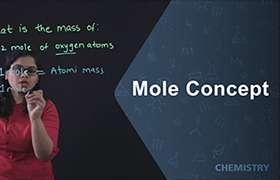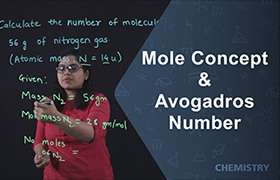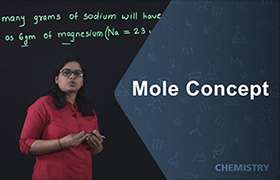CBSE Class 9 Answered
Fats consist of a wide group of compounds that are generally soluble in organic solvents and largely insoluble in water. Chemically, fats are generally triesters of glycerol and fatty acids. Fats may be either solid or liquid at normal room temperature, depending on their structure and composition. Although the words "oils,” "fats" and "lipids" are all used to refer to fats, "oils" is usually used to refer to fats that are liquids at normal room temperature, while "fats" is usually used to refer to fats that are solids at normal room temperature. "Lipids" is used to refer to both liquid and solid fats.A fat's constituent fatty acids may also differ in the number of hydrogen atoms that are bonded to the chain of carbon atoms. Each carbon atom is typically bonded to two hydrogen atoms. When a fatty acid has this typical arrangement, it is called "saturated", because the carbon atoms are saturated with hydrogen; meaning they are bonded to as many hydrogens as possible. In other fats, a carbon atom may instead bond to only one other hydrogen atom, and have a double bond to a neighboring carbon atom. This results in an "unsaturated" fatty acid. More specifically, it would be a "monounsaturated" fatty acid, whereas, a "polyunsaturated" fatty acid would be a fatty acid with more than one double bond. Saturated and unsaturated fats differ in their energy content and melting point. Since an unsaturated fat contains fewer carbon-hydrogen bonds than a saturated fat with the same number of carbon atoms, unsaturated fats will yield slightly less energy during metabolism than saturated fats with the same number of carbon atoms. Saturated fats can stack themselves in a closely packed arrangement, so they can freeze easily and are typically solid at room temperature. But the rigid double bond in an unsaturated fat fundamentally changes the chemistry of the fat. There are two ways the double bond may be arranged: the isomer with both parts of the chain on the same side of the double bond (the cis-isomer), or the isomer with the parts of the chain on opposite sides of the double bond (the trans-isomer). Most trans-isomer fats (commonly called trans fats) are commercially produced rather than naturally occurring. The cis-isomer introduces a kink into the molecule that prevents the fats from stacking efficiently as in the case of fats with saturated chains. This decreases intermolecular forces between the fat molecules, making it more difficult for unsaturated cis-fats to freeze; they are typically liquid at room temperature. Trans fats may still stack like saturated fats, and are not as susceptible to metabolization as other fats. Trans fats and saturated fats significantly increase the risk of coronary heart disease











